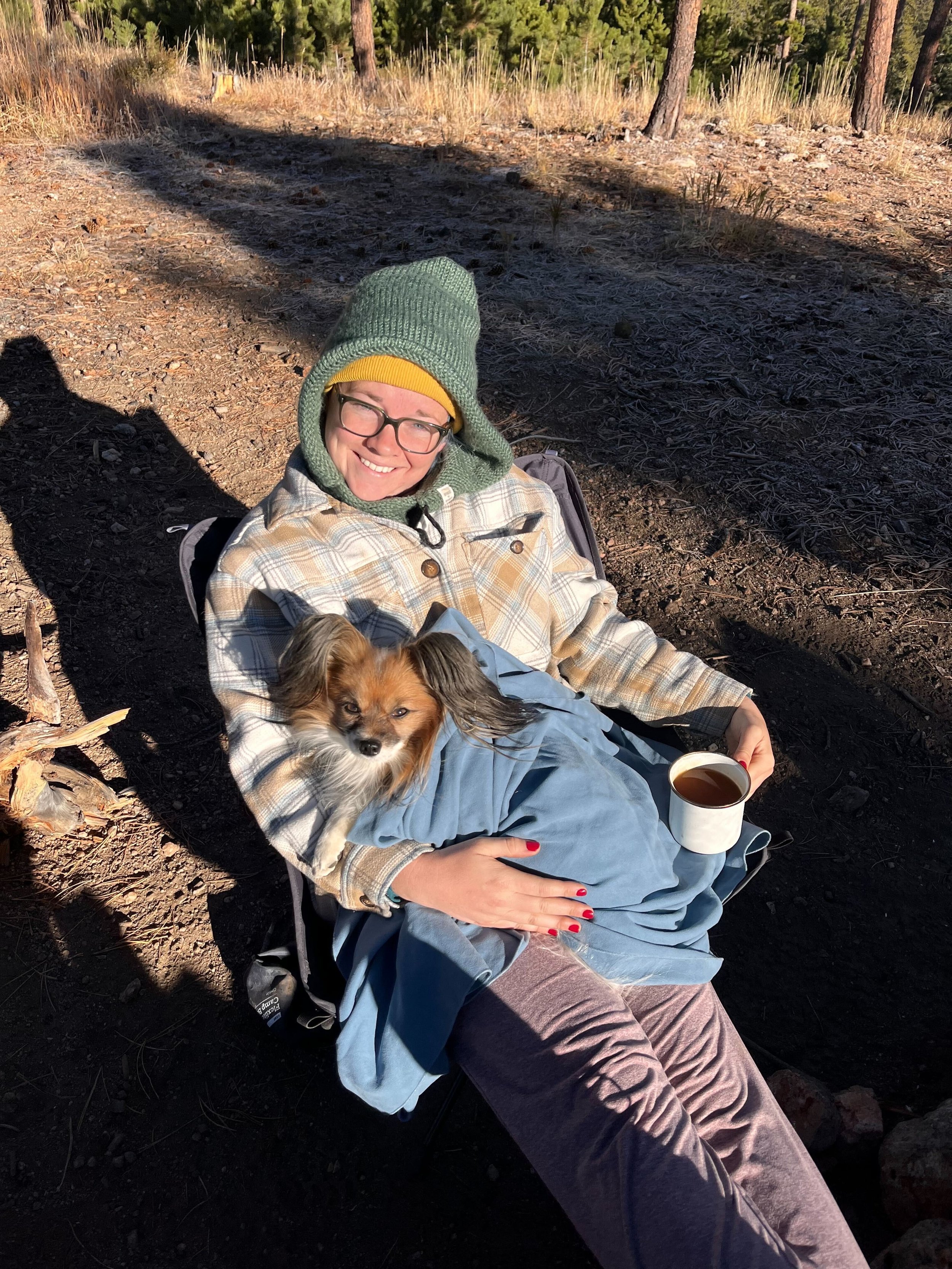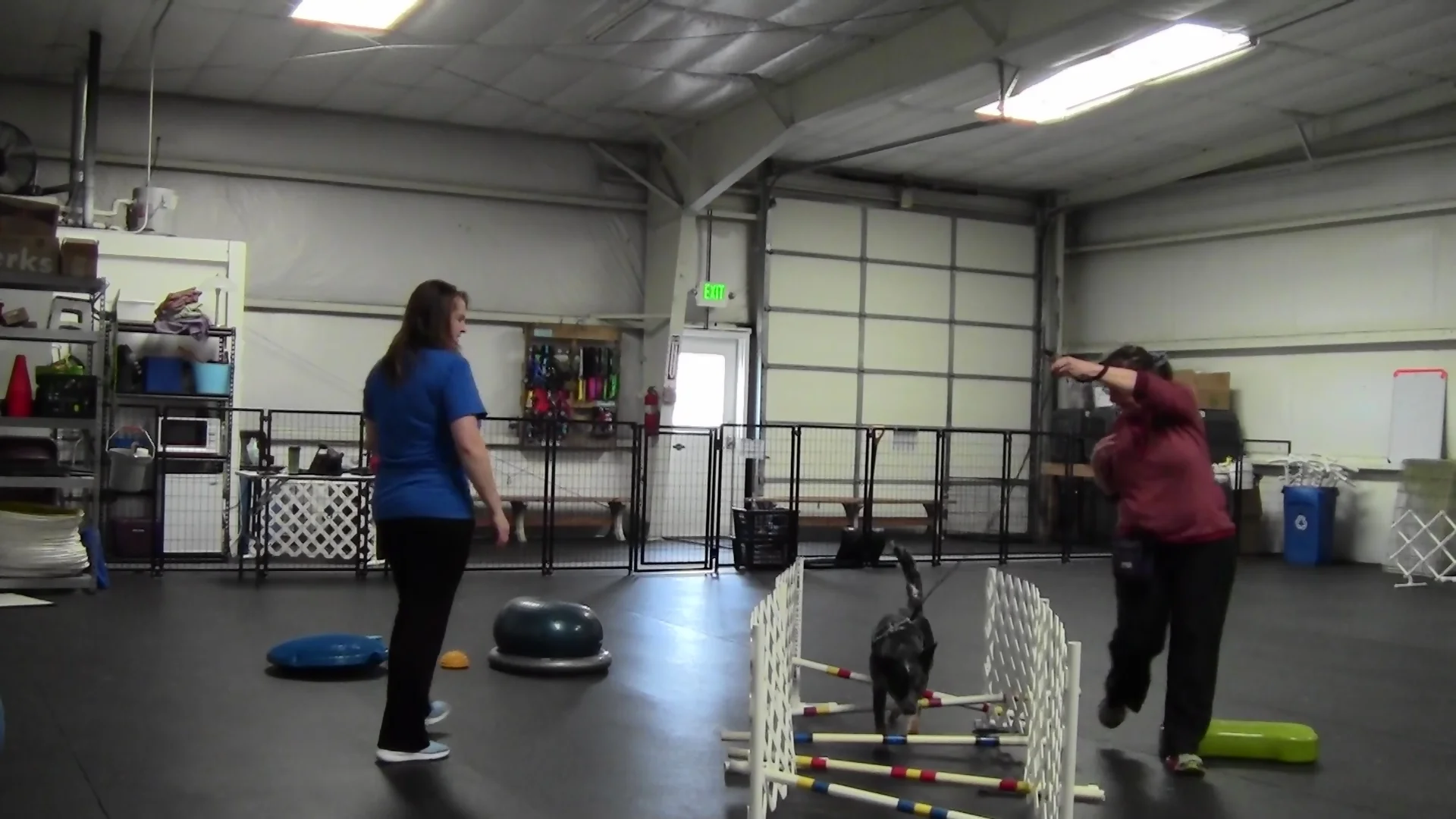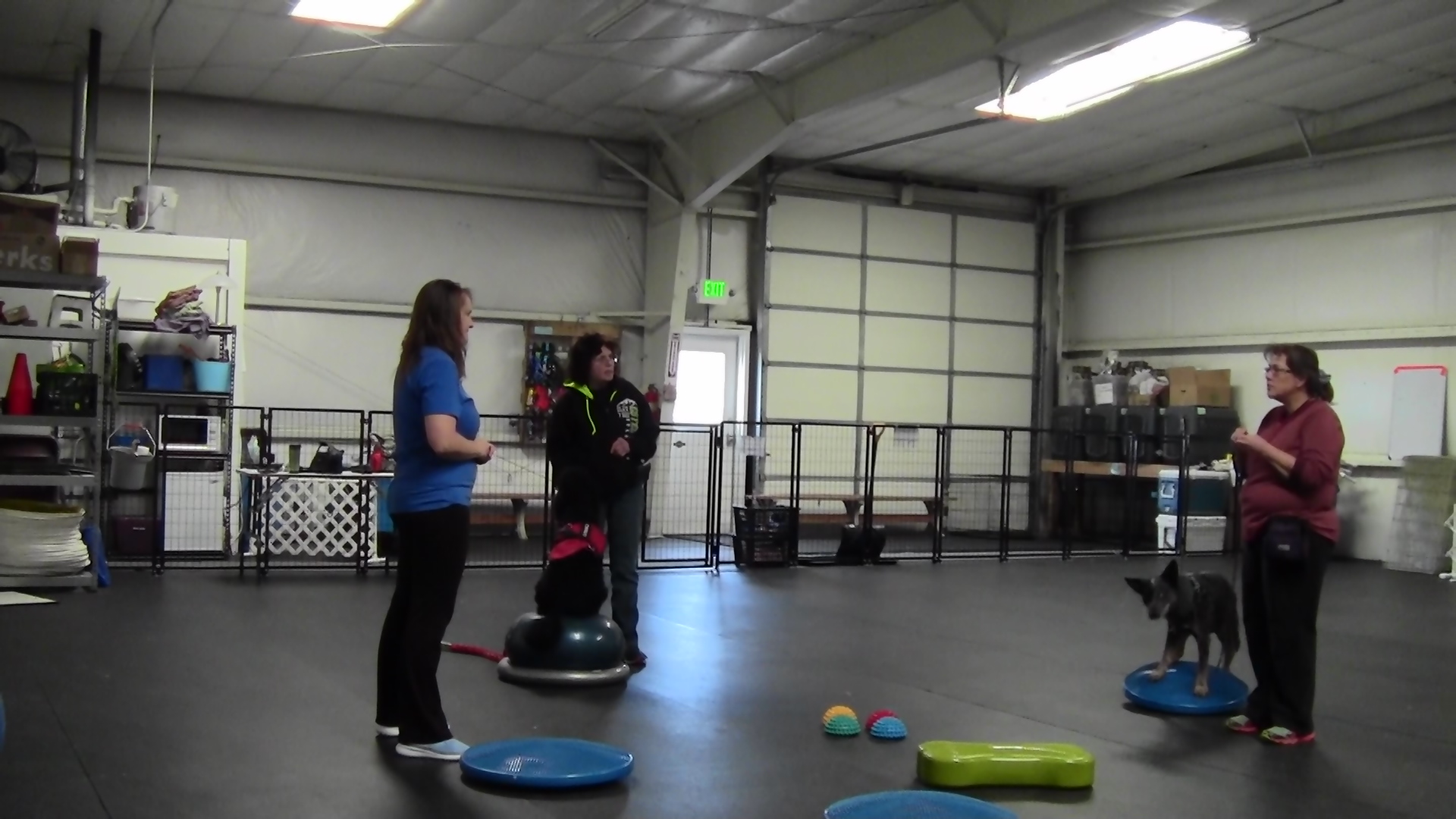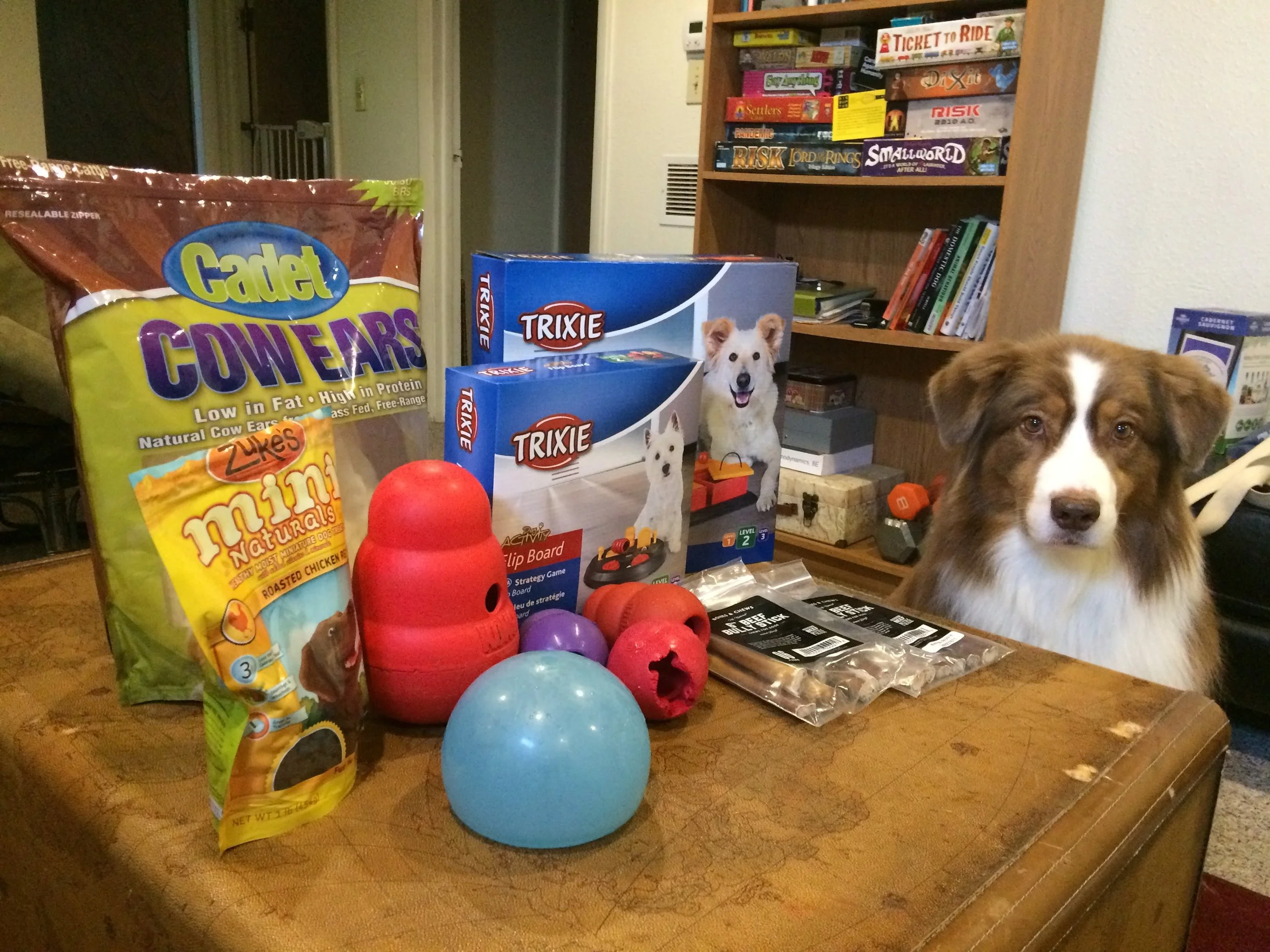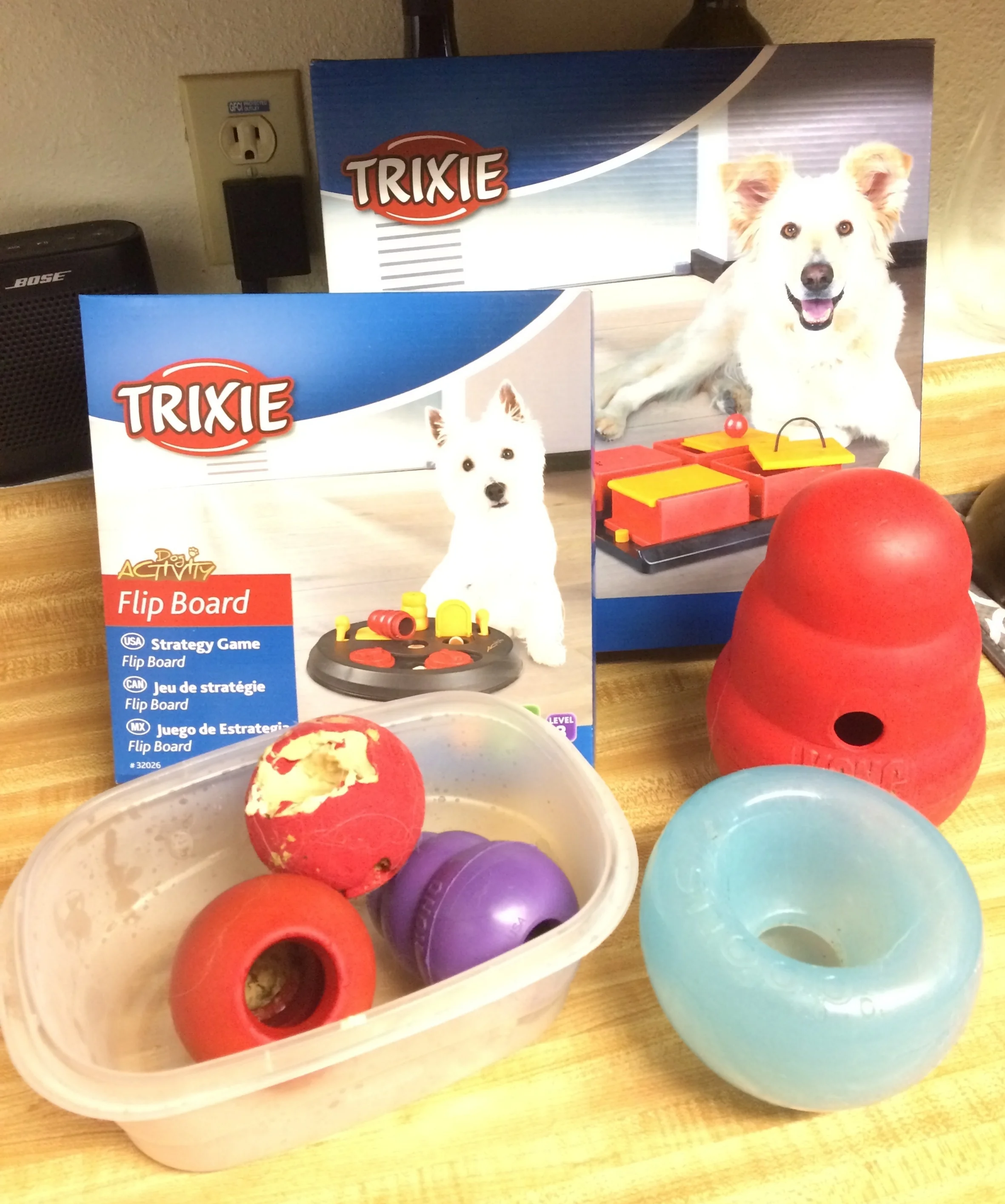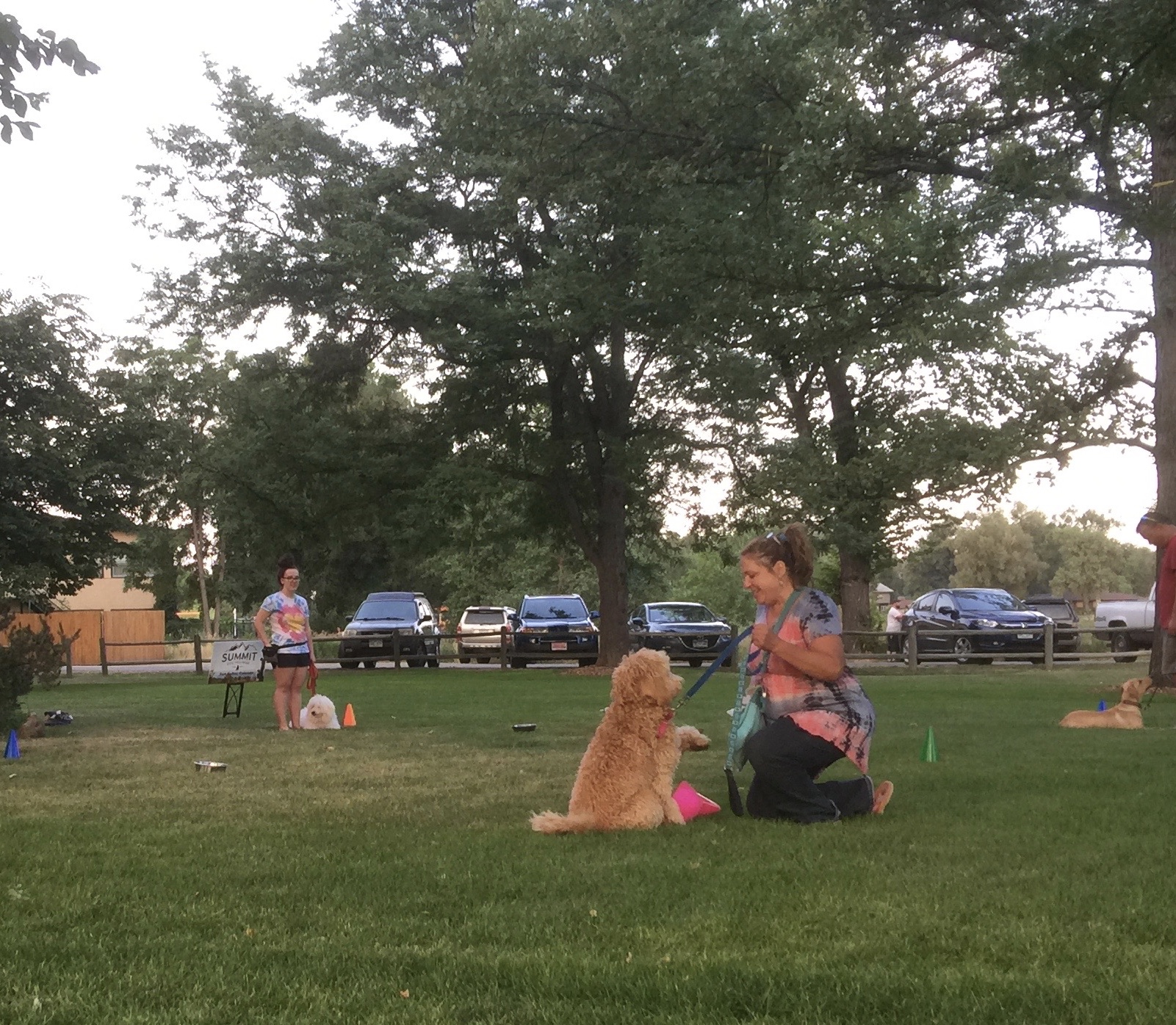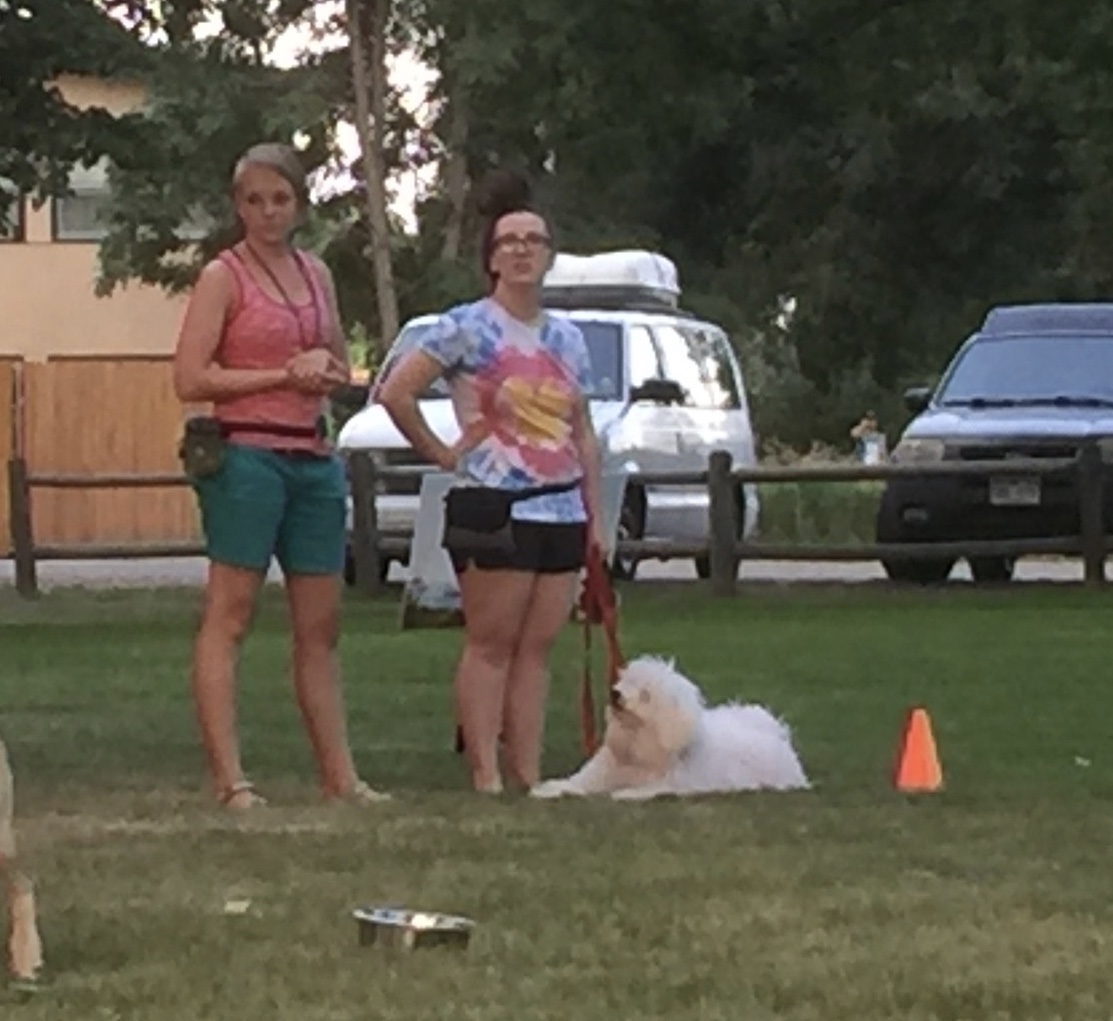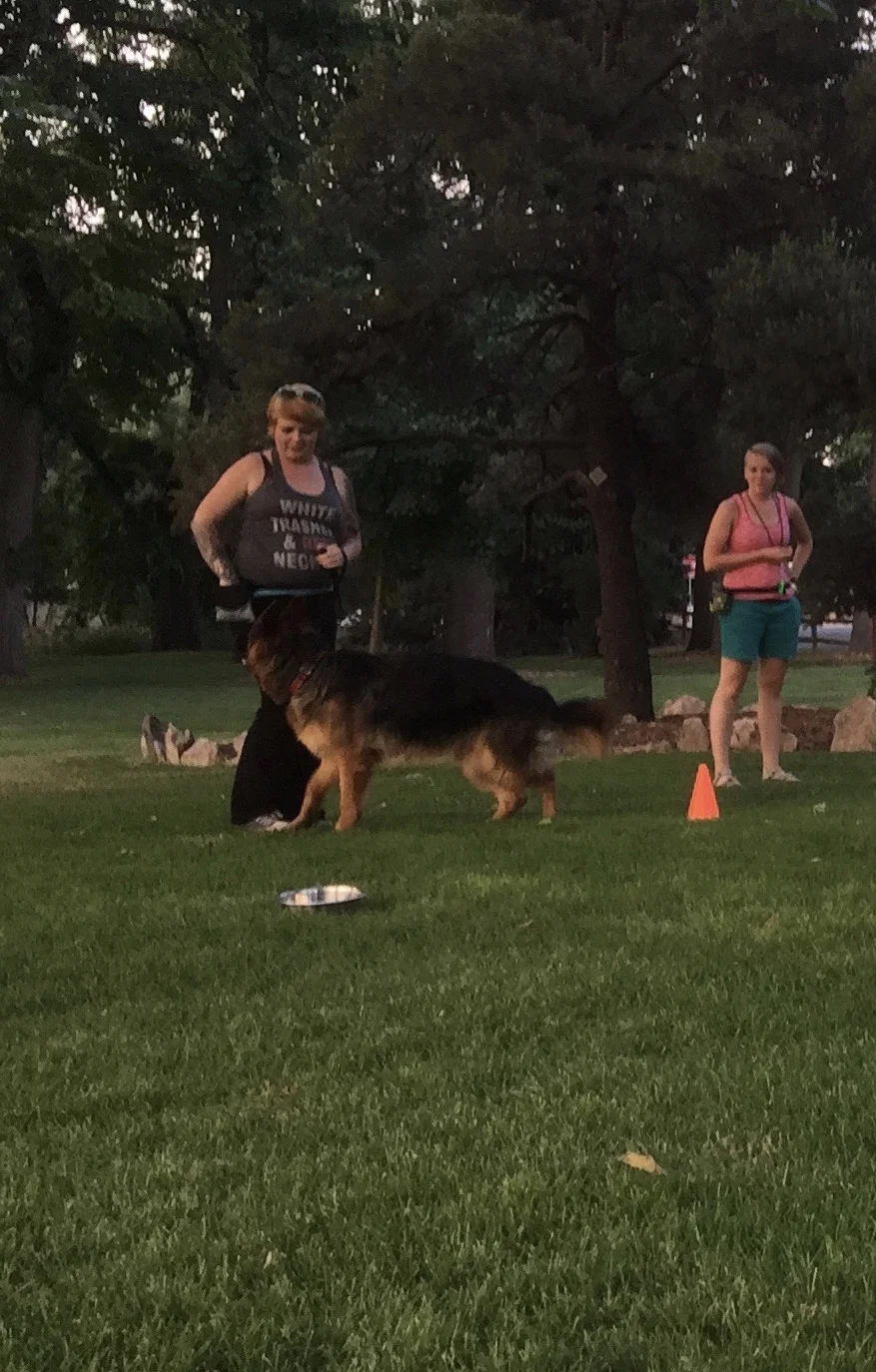Spooky Season Survival Tips: Keeping Your Dog Safe and Comfortable This Halloween
By: Taylor Heid
As Halloween approaches, many of us are eager to get into the spooky spirit with decorations, costumes, and trick-or-treaters. While this holiday can be a lot of fun for families, it’s important to remember that it can also be overwhelming or even scary for our furry companions. With a little preparation and understanding, you can ensure that Halloween is enjoyable for your dog too. Here are some expert tips to help you and your dog navigate the season.
1. Handle Halloween Decorations with Care
It’s tempting to decorate your home with spooky figures and elaborate setups, but not all dogs will feel comfortable with these changes.
Don’t ever force your dog to interact with scary decorations. Allow them to explore at their own pace, but respect their boundaries if they show signs of fear.
Encourage curiosity, but never push. If your dog wants to sniff or investigate, that's great! Just avoid putting pressure on them if they seem frightened.
Use positive body language and tone to reassure them that these decorations are no big deal. Dogs look to us for cues, so staying calm and upbeat can help them relax.
2. Plan Ahead for Halloween Night
Halloween night can be particularly stressful for dogs with the constant doorbell ringing, visitors in costumes, and outdoor noises.
Take your dog for a long walk earlier in the day to meet their exercise needs before the evening excitement starts.
Make sure your dog sees you put on your costume. This can help them understand it’s still you beneath the spooky outfit.
Confine your dog in a crate or another room while trick-or-treaters are around. This will provide them with a sense of security and prevent any escape attempts if the door is frequently opened.
3. Create a Comfortable Environment
You can create a calm, comforting space for your dog as the evening unfolds.
Play calming sounds using a sound machine or calming music to drown out external noises like the doorbell or kids shouting "trick or treat!"
Provide your dog with a high-value chew or toy to keep them busy and distracted while festivities are in full swing.
With these tips in mind, Halloween can be a fun and stress-free experience for both you and your dog. Remember to be patient and understanding if your dog feels unsure about all the spooky changes. A little preparation goes a long way toward making the season enjoyable for everyone!
👻 If you want to practice your dog’s confidence while in the presence of Halloween decorations, check out our Halloween-themed Beyond Play service this weekend!
Beyond Play is a fun and safe socialization for small and medium-sized dogs! Beyond Play is a drop-in class perfect for pups who need some extra socialization & for pet parents who are searching for an opportunity to get their dog out of the house! PLEASE NOTE: This is not a training class, but rather a supplemental support option for dogs who are looking for safe and fun socialization opportunities with other dogs.
Beyond Play is offered in two groups:
🎃 October 19th @ 11:00am for small-sized dogs (25lbs and under)
🎃 October 26th @ 11:00am for medium-sized dogs (25-50lbs)
Prerequisites: Attended at least one week of another group class (including Puppy PlaySchool) with us!
You can find more information and register on our website ➡️ www.summitdogtraining.com/play-groups






